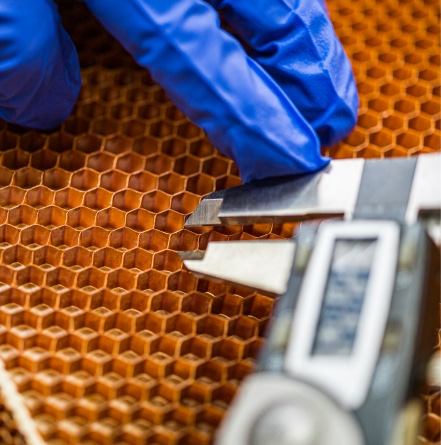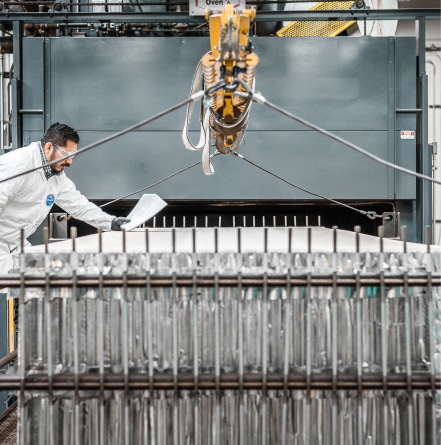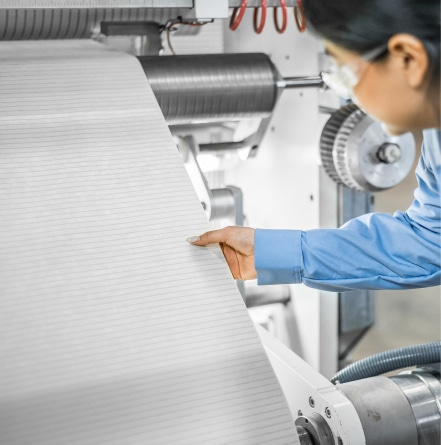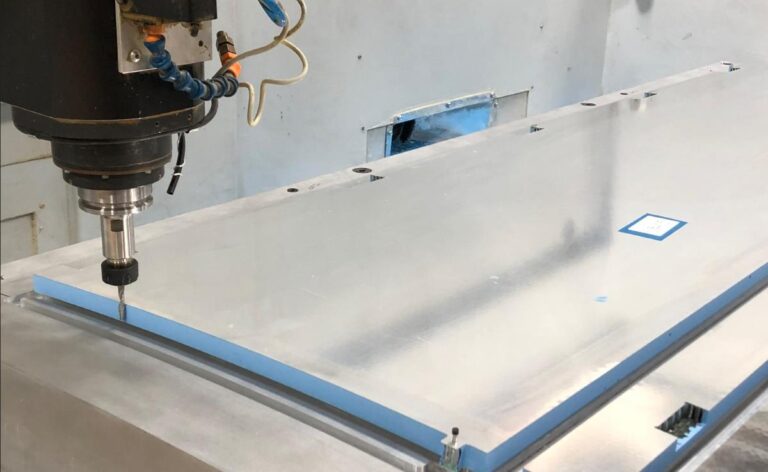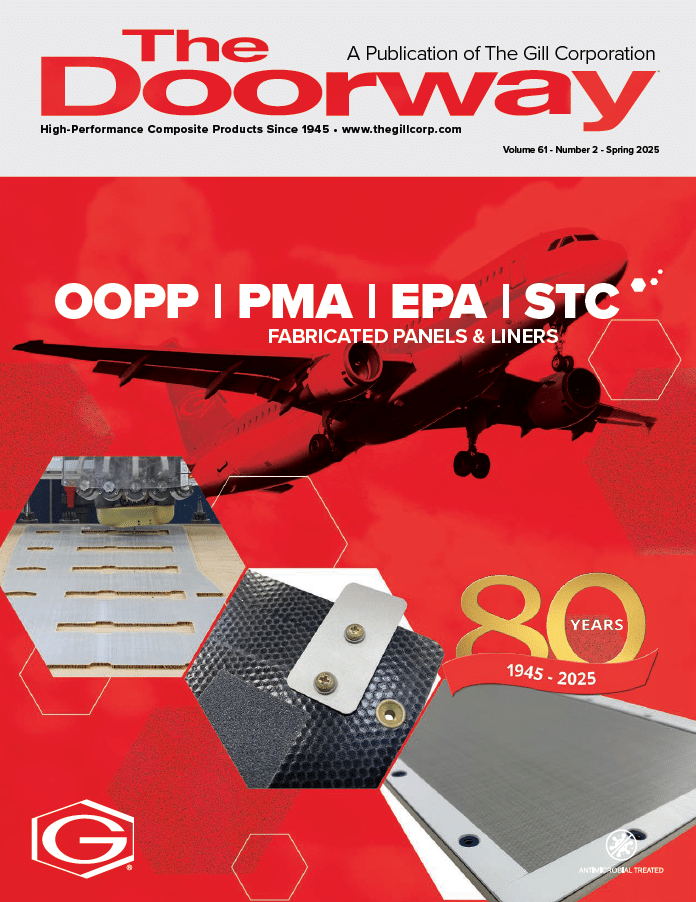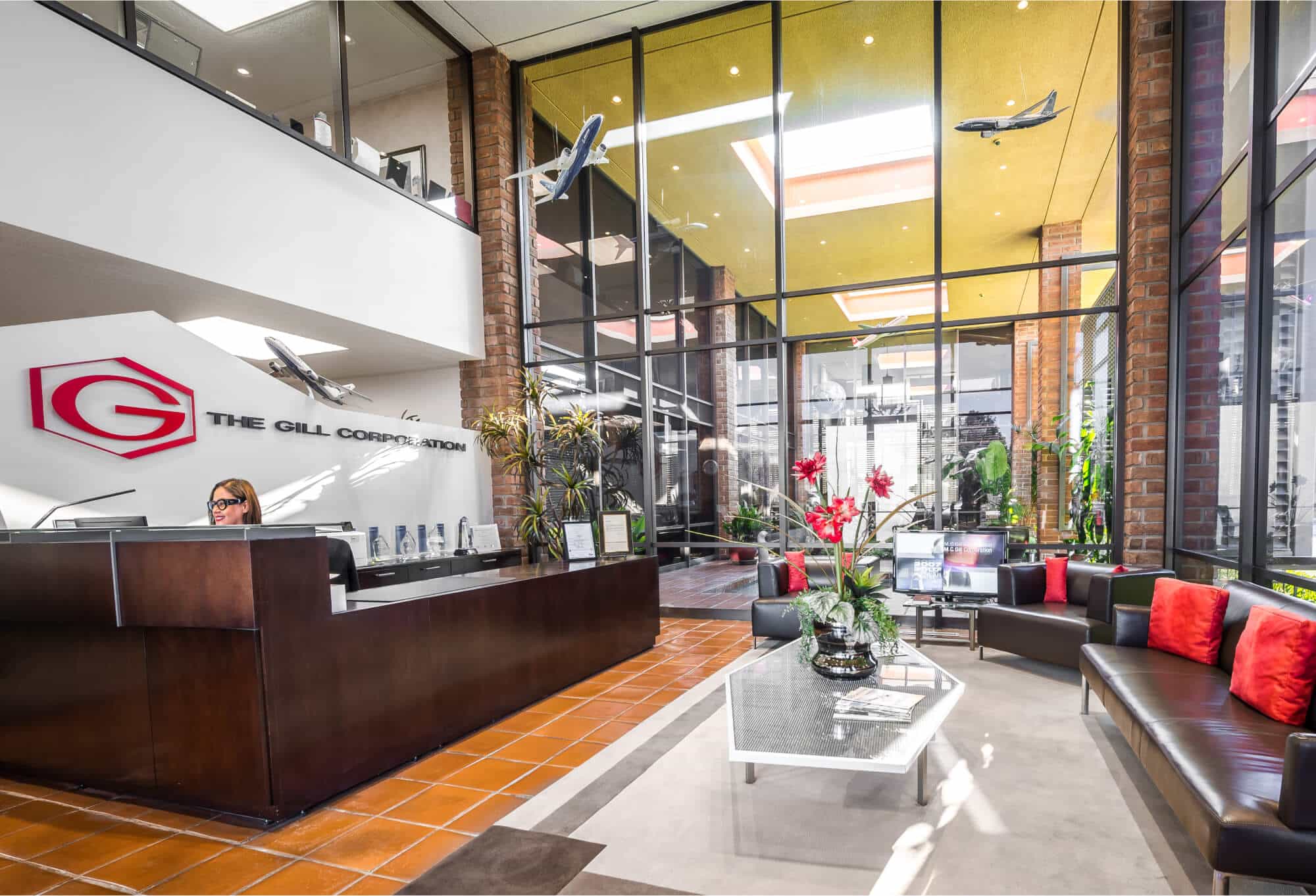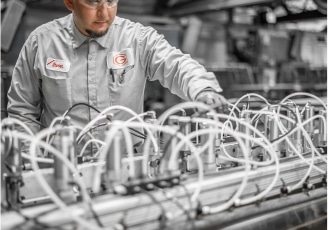Since the advent of jet engines over 65 years ago, commercial aviation has been revolutionized, and the demand for more advanced aircraft designs has been on the rise.
Recent advancements include more efficient engines, aerodynamic and wing design changes, and the increasing use of composite materials in aircraft construction.
The Boeing 787 Dreamliner is one such aircraft that has been designed to focus on efficiency, lower operating costs, and environmental impact. With lightweight structures that are 50% composite, the B787 reduces fuel burn and CO2 emissions by 20-30% and is the first major commercial aircraft to use carbon fiber composite in the fuselage and wings.
This aircraft has enabled airline operators to optimize fleet and network performance and offers increased “point-to-point” service, as it has exceptional efficiency, capacity, and range. As of December 2022, total orders for B787 reached 1,608, with 1,039 aircraft delivered.

One of the key contributors to the success of the Boeing 787 Dreamliner is The Gill Corporation (TGC).
TGC’s product development program was launched in 2000, and it led to the development and characterization of ultralightweight honeycombs, floor panels, interior panels, cargo compartment liners, and lightning strike protection, using a combination of new materials and processes. The scope of this program included the development of a new para-aramid honeycomb, formulation of new resin matrices, development of a lighter weight film adhesive, and tailoring of the reinforcements, aerial fiber weight, and resin content of prepregs. Today, TGC supports the B787 program with a portfolio of ultra-lightweight honeycomb, machined honeycomb details, floor panels, interior panels, cargo compartment liners, lightning strike protection, and fabricated floor panel kits.
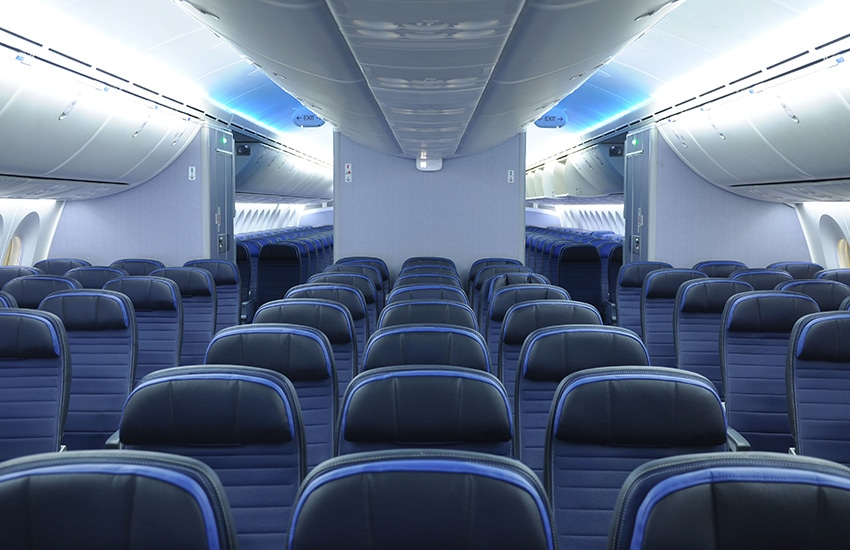
Gillcore® HK is a high-performance honeycomb manufactured using para-aramid paper that is coated with phenolic resin.
As a saturable substrate, para-aramid becomes a true composite cell wall when converted to honeycomb, yielding exceptional shear strength and modulus, stiffness, durability, fatigue, and hot/wet properties. These superior characteristics make it possible to achieve values that are equal to or higher than meta-aramid at a significant weight reduction of core density. Most configurations of Gillcore® HK can be manufactured using different thicknesses of para-aramid paper, allowing for optimization of key properties geared to specific applications.
For the B787 program, TGC developed a range of floor panels that would meet or exceed the mechanical properties of the applicable Types of BMS 4-17 and BMS 4-20 at a significantly reduced weight. The weight savings, achieved in part by replacing the meta-aramid honeycomb with para-aramid honeycomb, are highlighted by type. Gillfab® 4809, qualified to BMS 4-20, is an ultra-lightweight, high-strength floor panel made from unidirectional carbon fiber-reinforced epoxy facings bonded to Gillcore® HK para-aramid honeycomb core. The outer facing surfaces feature a thin glass isolation barrier to prevent galvanic corrosion.
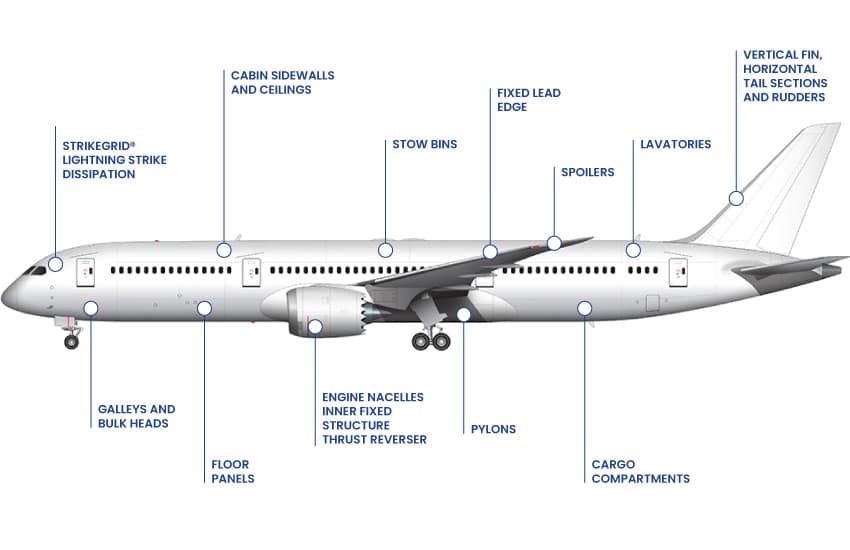
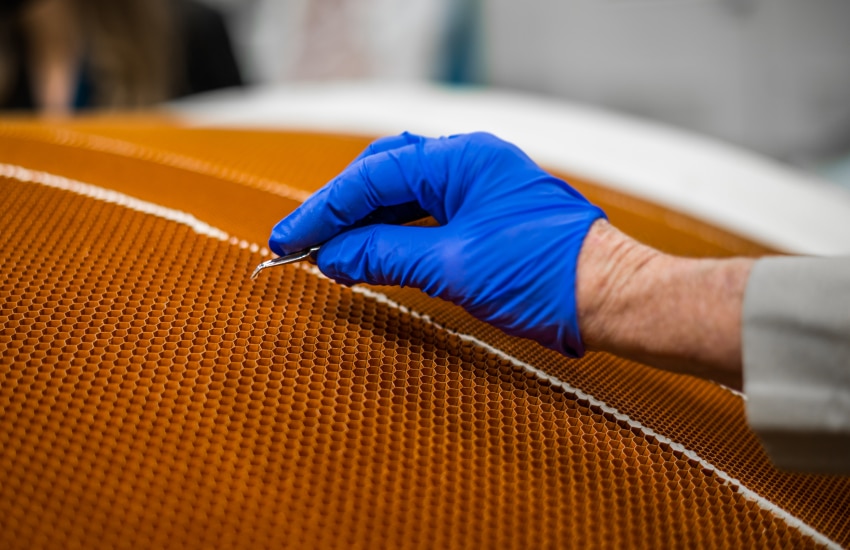
The Boeing 787 Dreamliner has changed the way people travel, and it is a symbol of technological advancement in the aviation industry. TGC’s contribution to the program has helped to make the aircraft lighter, more efficient, and environmentally friendly. This shows that innovation is the key to progress and growth, and with the right approach, we can continue to make great strides in commercial aviation.
